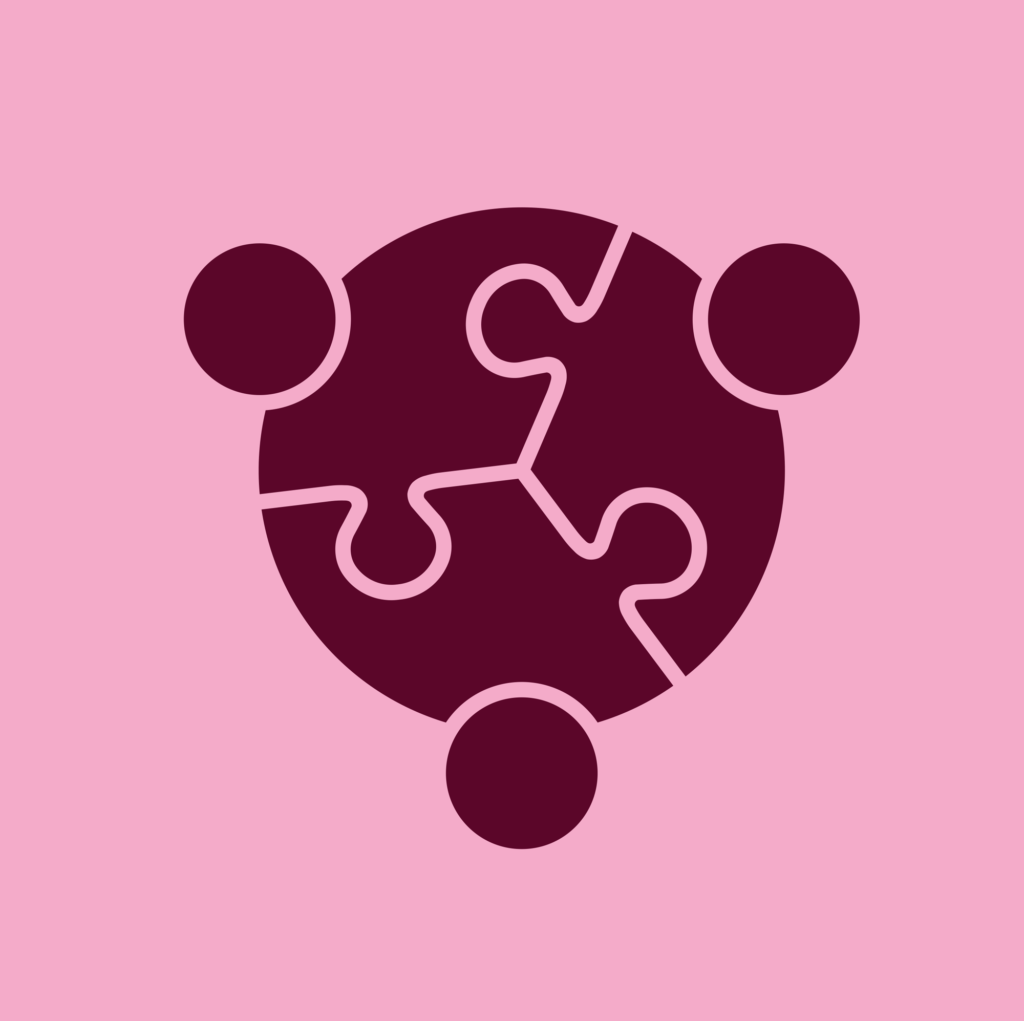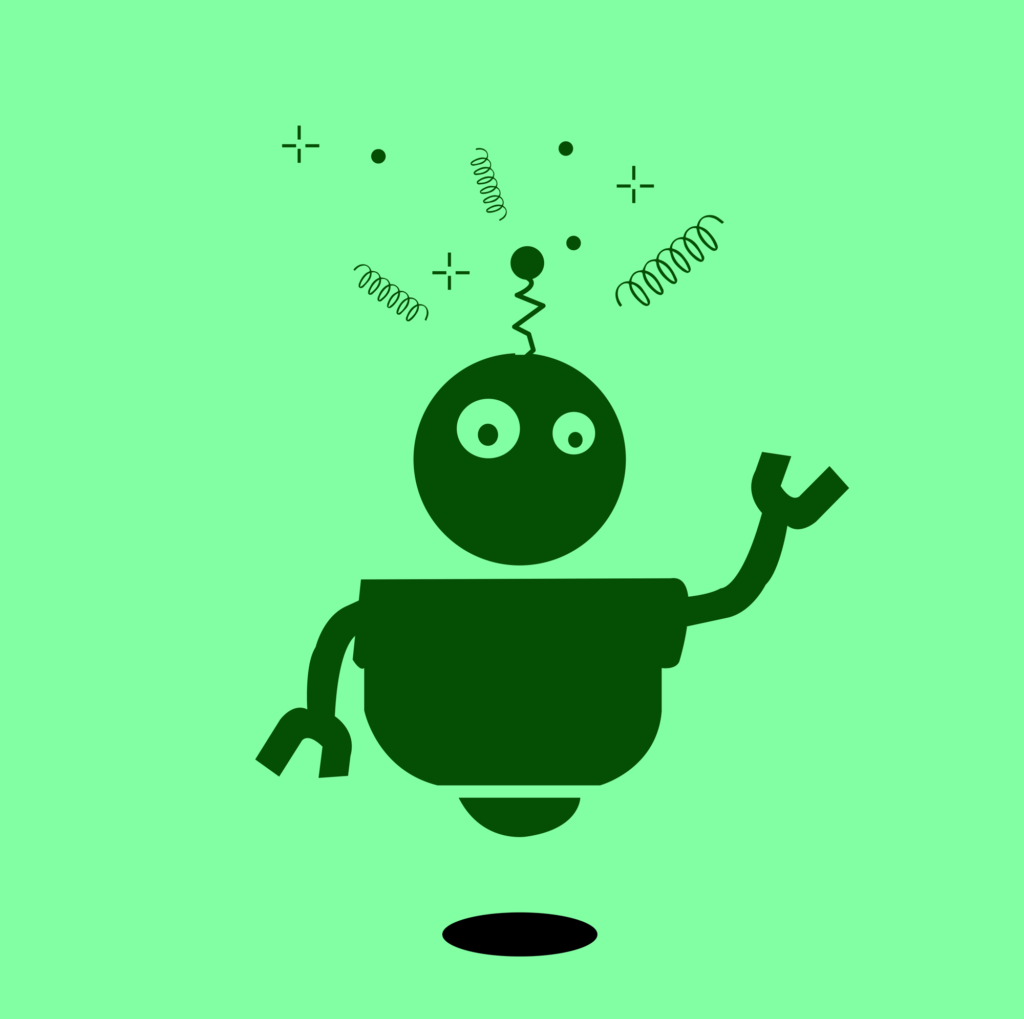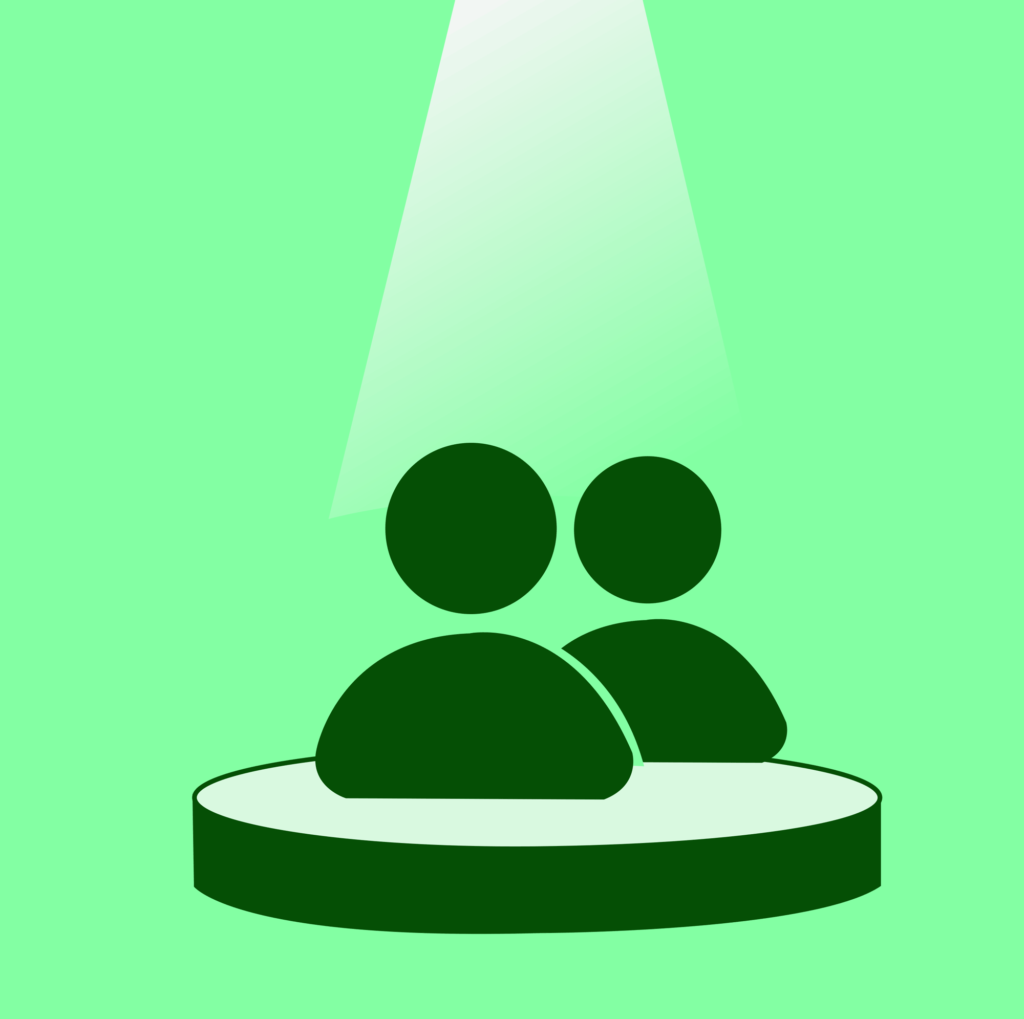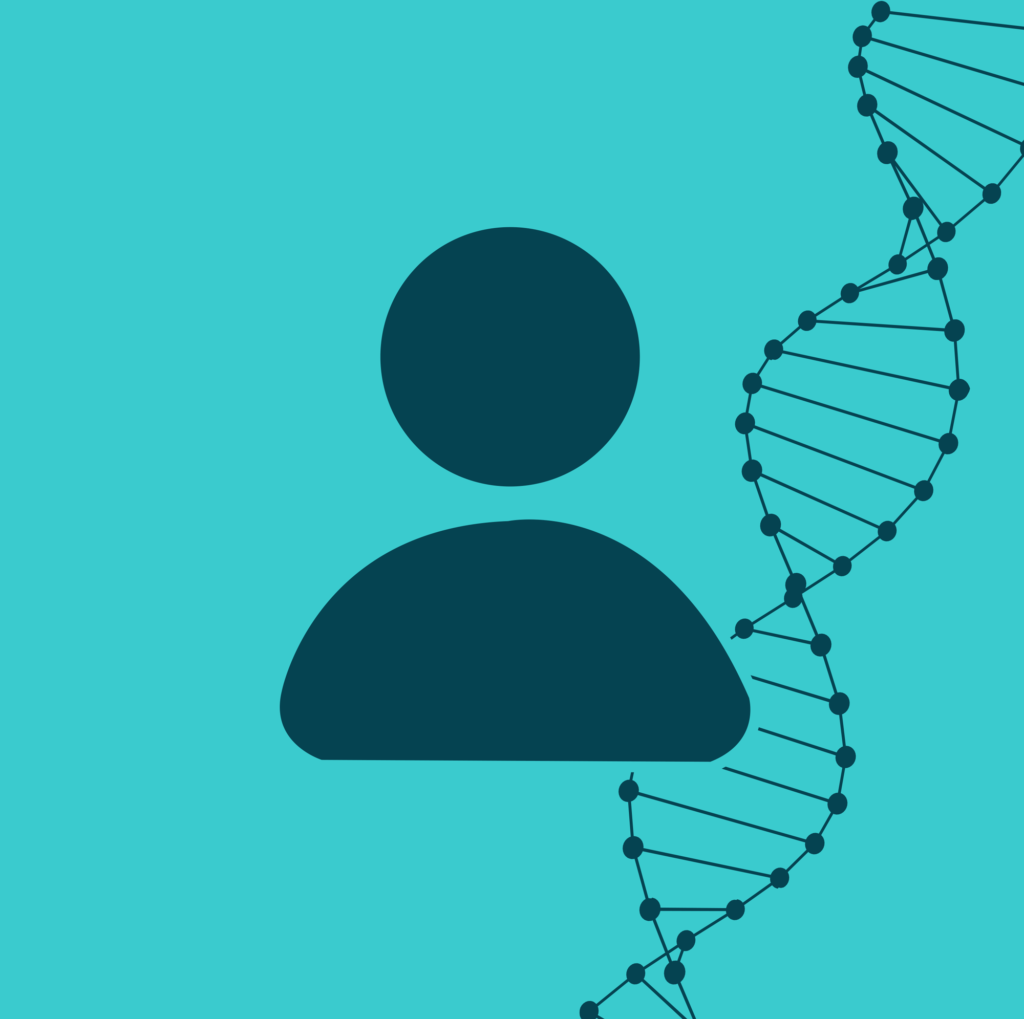At the University of Vienna researchers studied the death of Alexander Katan along with a video discussion with Agnes Van Wijnen and members of the Kreukel Collectief.
[Florian Freund translated into English from the video] Because Katan’s was such a remarkable case it makes sense that former prisoners remember him.
A testimony by a fellow prisoner, Josef Herzler, was found who saw Alexander Katan in Gusen.
Herzler remembers him as follows. I will read it to you:
“I especially remember a Dutch professor. Unfortunately, I do not know his name. He was a phenomenon of a person. If I were to describe his appearance, I have to say that he had dwarfism. That’s to say, his height was no more than one meter. His appearance: he had a large head and a beard and the body of a child. He was very intelligent. He was a university professor and spoke seven languages fluently. He was displayed in the corner of the block – that’s what a prisoner working barrack was called – He was displayed in a corner of the block, all day long. Lots of SS men and doctors, also from other camps, came to see him. Of course, they made malicious remarks. It was often said: “Look, that’s a lowlife of a Jewish creature.” And so on. Those who wanted to be kinder said something like: “Soon you will be with the holy spirit.” That came true shortly after.”
[Agnes van Wijnen] This is a fragment from the documentary Dead End? About Alexander Katan. You saw him on the first picture with his son on the back of his wheelchair. He did not obey the Nazi teaching ban and continued his job as a rehearsal teacher. Someone who tutored students. He was not allowed to as a Jewish person, but he continued because it was his only source of income.
First, he went to the penitentiary of Leeuwarden. Next, he went to the prison camp in Amersfoort. The ‘Polizeiliches Lager Amersfoort’. Afterwards, he was brought to concentration camp Mauthausen and well … You have seen what happened to him there. Various medical experiments were conducted on him there and after several months he was killed with an injection to the heart. Afterwards, photographs of his skeleton were displayed. After a long struggle of his son those are now taken down, because until a few years ago they were still displayed in the museum at the former concentration camp Mauthausen.
This object is a combination … Much of our current medical knowledge originates in the experiments on people with disabilities during WW2. What has also been mentioned here and with other objects … Society has a strong urge to forget and hide things from view. As soon as the discussion is about eugenics nowadays and about prenatal diagnostics and genetic screening, and so on. There is a lot of dismissal. “No, no, that’s not the case here.” “This is a totally different discussion.” “This is not…” So there is a lot of denial about how the past and present are connected. And how until this day eugenics still relevant in so many ways and in so many moments of our lives. Like dr. Manon Parry said so beautifully: “We are living the consequences of the past.”

Alexander Katan with his son circa 1930’s
One of the questions I have for this object… We already talked a little bit about it: How can we address eugenics in our present time? How can we put it on the agenda? Without being dismissed, like: “You must be religious/right-wing, so that’s why.” I struggle with that myself as well. Just like Jan, my experience is that we are often sidetracked and the discussion is shut down. That we can’t talk about it, while I also think it is of vital importance that we have this discussion. That’s how I feel about it.
Into the Forest: Artist Jacqueline Kool of the Kreukel Collectief describes her response to Object 5: Dead End
[Translated from the video into English] We see a dark and slightly creepy tangle of tree roots and trunks, in black and dark brown, with an unearthly orange light coming from beneath here and there. Within the roots there are windows reminiscent of church or monastery windows… are they made in the forest, or are the roots and trunks overgrowing the windows?

In the Forest: Jacqueline Kool 2021
If you look more closely you see signs of death everywhere, it’s lurking around the edge in the left corner and skulls are floating in the dark ‘sky’ between the roots. The two women in the right front are reflecting each other, faced downwards, eyes closed, the smaller one carrying a heart in her right hand and carrying skulls around her neck. But also strings of flowers are floating around in soft colors. Somewhat in the distance a clown-like figure with a white painted face and startled eyes looks us in the eye.

In the Forest (section): Jacqueline Kool 2021
If you look even closer, in the left half of the collage you see three old pictures in sepia colors. These are the pictures that where presented by the Dutch team of three people that were killed – murdered or deliberately starved to death – in institutions for disabled and mentally ill people and in a concentration camp during World War II: Alexander Katan, Mien Hoffman and Gerrit Abelman. When the pictures and the stories behind it were presented, the persons on it lingered with me for days and in my dreams at night. Although you know the stories and the horror people experienced from so many nameless others, from films and pictures, looking people in the eye that are named and captured for one moment, not yet aware of what was coming towards them, took my breath away. Disabled people being killed namelessly and ruthlessly for no other reason than being disabled or ill and therefore disposable. Therefor they are in the collage in dark corners of the image; only there to see for who wants to look closely.
In the left upper corner a transparent banner shows in fragile flowers from the Alchemilla Vulgaris (lady’s mantle) the text or sigh: Life … oh life …
In the right upper corner, within the light of a church window, we see the beautiful, open face of a small girl with Down Syndrome looking at us, confidently. Her name is Fien. Around her, the window and the piles light up in an almost heart-shaped light, and from her picture a white stream of water is floating downwards into the tree trunks and towards the women’s faces… like a lifestream. Above her head, almost invisibly hanging at the collage corner, is a transparent angel-like figure carrying a transparent heart in its hands.

In the Forest (section): Jacqueline Kool 2021
Under the picture of the girl, one can see part of the text The Upside of Down, a picture book and exhibition made by Eva Snoijink in 2008: a series of pretty, glossy pictures of children with Down Syndrome meant as counterimages against all the negative media representations and public opinion regarding Down Syndrome, feeding to the development of the ‘self-evident’ common use of the NIPT-test for pregnant women.
By placing the picture of Fien in the opposite corner of the murdered people from the past, she seems to be a counterimage here as well, presenting life opposing death. One may wonder if the women’s faces, shone on from the front by a bright and yet soft light, with their skulls and flowers in bright purple and orange, may bring or hold it all together, and whether the heart in her hand may present love as well as death…
Jacqueline Kool, 25 July 2021.
Collage painting using multimedia (paper, acrylic paint, flowers from Alchemilla Vulgaris (lady’s mantle) and plastic
Nita Bouwman Ambassador: Inclusion & Diversity, local, national, European and International explains about her response to Agnes Van Wijnen’s Object 5: Dead End.
[Translated from the video into English] There is a time for everything, also to bring attention to eugenics. There is a time that civil-life changes for what it is at the moment. A time for all people with disabilities, all people with a diversity, all sick people, all transgender, gay and lesbian people and all poor people to get a chance at working on a new future together and to be open to changes whether we are ready for it or not, the time in which we live is now, time dictates the future, but not humanity, nor our past. Because what has been, is now … A time in which all people with disabilities, all people with a diversity, all sick people, all transgender, gay and lesbian people and all poor people will be seen as normal people and a time in which perfect people take a step back, so these inclusive groups become more visible and that we no longer have to hide for who and what we are, because what is now, has already passed.
Time for us as people with disabilities, all people with a diversity, all sick people, all transgender, gay and lesbian people and all poor people who are supposed to suffer their eternal fate no longer have to suffer, because we are seriously accepted and respected to participate in society and that we no longer let ourselves be discriminated, exploited or excluded from the political and civil world. Most of all, it is time that we show ourselves, that we, like everyone else, are “worthy of life” and that we have, receive and earn the same rights.
This is what eugenics tells us about the time from now and the future with Nita Bouwman.
Time divides itself over good and evil deeds, because there is a time for everything, now is the time fore more JUSTICE, ACCEPTANCE and RESPECT!
It is time to clear more paths and to decide which ones to follow!
Time to go in an inclusive direction to listen to others, to work together, and to discover challenges. Time to take the first step and to change things locally, nationally, European and internationally, together, to get stronger together and stay stronger together. To no longer be “the mark of society”! Who follows me?








